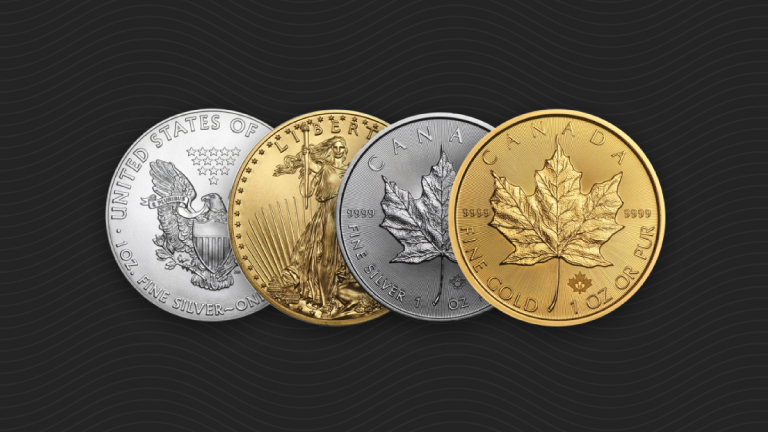
Poor Economy = Low Gold Price?
By Jeff Clark from Casey Research Despite some positive data, the global economy is showing signs of slowing, a remarkable development in itself when you consider all the money printing and deficit spending that’s transpired over the past few years. According to the IMF’s overview, global growth was less than expected in the first quarter […]







